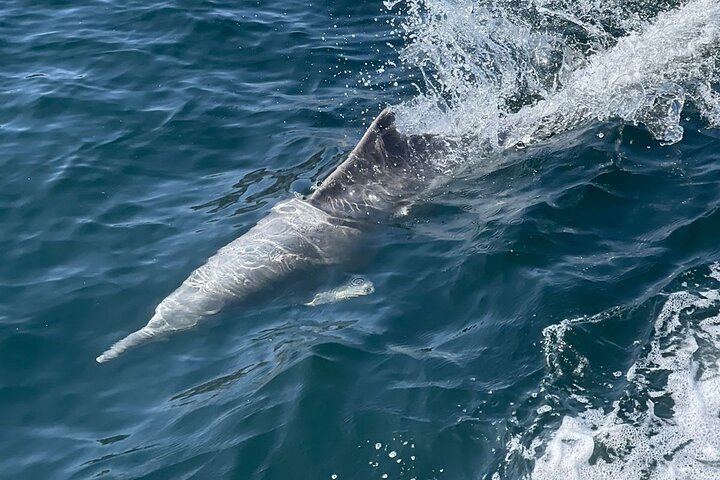Jebel Harim: A Journey Through Time and Terrain
Drawn by the allure of Jebel Harim’s rugged beauty, I embarked on a mountain safari in Khasab, Oman. The journey promised a blend of history and nature, reminiscent of my Arctic adventures.
The Ascent Begins
The sun was barely peeking over the horizon as I found myself in the rugged terrain of Khasab, Oman, ready to embark on a journey that promised to be as thrilling as any Arctic expedition. The Mountain Safari was a chance to explore the raw beauty of Jebel Harim, a place where history and nature intertwine in a dance as old as time itself.
Our convoy of 4WD Sequoia vehicles set off, each carrying a small group of adventurers eager to uncover the secrets of the mountains. I was part of “Team Anglophone,” a diverse group of travelers united by a common language and a shared sense of wonder. Our guide, Faisal, was a master of his craft, weaving stories of the land with the skill of a seasoned storyteller.
As we climbed higher, the landscape transformed before our eyes. The air grew cooler, a welcome reminder of the icy winds I had grown accustomed to in the polar regions. The road twisted and turned, revealing breathtaking vistas at every bend. It was a harsh beauty, reminiscent of the glaciers I had once studied, yet uniquely its own.
A Glimpse into the Past
Our first stop was the Sayh Plateau, perched 1,100 meters above sea level. Here, the remnants of old stone houses stood as silent witnesses to a bygone era. These structures, known as Bait Al Qafl, were built centuries ago, their weathered stones telling tales of resilience and survival in a harsh environment.
Faisal’s explanations brought the history to life, painting vivid pictures of the people who once called this place home. As I listened, I couldn’t help but draw parallels to the Inuit communities I had encountered in the Arctic, their lives shaped by the unforgiving landscapes they inhabited.
We continued our journey, each stop offering a new perspective on the region’s rich history. The old houses in the mountains, with their intricate designs and strategic locations, spoke of a time when survival depended on ingenuity and adaptation. It was a theme I was all too familiar with, having spent years analyzing survival data in some of the world’s most extreme climates.
Nature’s Masterpiece
As we reached the summit of Jebel Harim, the highest point in the Musandam Peninsula, the view was nothing short of awe-inspiring. The mountains stretched out before us, a sea of jagged peaks and deep valleys, their beauty both harsh and captivating.
The air was crisp and clear, the kind of invigorating cold that reminded me of the Arctic tundra. Yet, here in the heart of Oman, it was a different kind of wilderness, one that spoke of ancient secrets and untamed beauty.
Our descent took us through Khor al Najid, a place where the mountains meet the sea in a dramatic embrace. The contrast between the rugged cliffs and the tranquil waters was a sight to behold, a reminder of nature’s ability to create harmony from chaos.
As the day drew to a close, I found myself reflecting on the journey. The Mountain Safari had been a reminder of the world’s diverse landscapes and the stories they hold. It was a journey that resonated with my own experiences, a testament to the enduring allure of exploration and discovery.














































